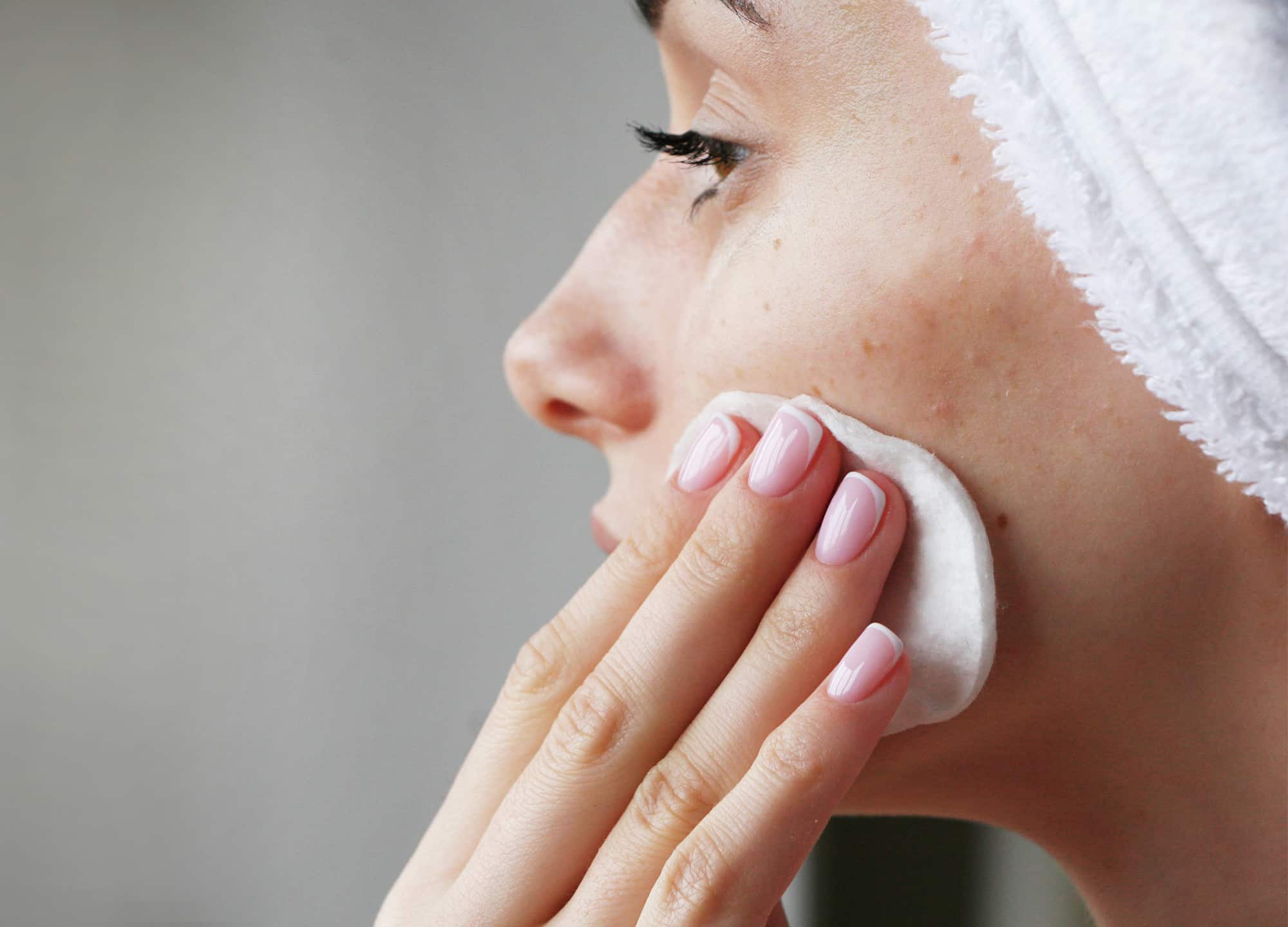When you’re in the midst of a bad breakout, it’s easy to forget that you ever had clear skin. But for every zit and swell of acne, there’s an end, a time when they will heal and disappear from your face. What’s not so temporary though is the long-lasting hyperpigmentation that acne can leave behind.
“Following the inflammation of an acne lesion, you can be left with darkening of the skin or PIH (postinflammatory hyperpigmentation),” explains Dr. Deanne Mraz Robinson, a board-certified dermatologist in Westport, Connecticut. Different from acne scarring, hyperpigmentation acts as a sort of “stain” on the skin but does not result in a textural change, she says. Despite how common it is, there’s a lot about post-acne hyperpigmentation that even those suffering from it don’t know, including the many ways to prevent and treat it.
Why does post-acne hyperpigmentation occur?
While the exact cause of post-acne hyperpigmentation remains unknown, the working theory is that the inflammation causes a drop in skin’s melanin. “The bacteria and any dead skin cells and oil released into the skin by the ruptured follicle attract immune cells,” says Dr. Heidi Waldorf, a board-certified dermatologist in Nanuet, New York. “Those cells release inflammatory mediators and reactive oxygen species—which, in turn, stimulate melanocytes, pigment-producing cells, to produce melanin [pigment].” It’s this surge of new melanin that leads to the darker appearance, or hyperpigmentation. “I explain to patients that the pigment cells see the activity of the acne and say, ‘Let’s party,’” adds Dr. Waldorf.
When does post-acne hyperpigmentation happen?
The more pigment you have in your skin, the more likely you are to get post-inflammatory hyperpigmentation. “A light-skinned person may have long-lasting redness after a pimple but is less likely to see the brown,” Dr. Waldorf notes. “A dark-skinned person is much more likely to see the brown, and some medium-toned people, especially [if they are] Asian, are also predisposed.” After having an acne lesion or other skin wound, the hyperpigmentation will appear in its place, even if it’s only mildly darker than the surrounding skin. In some cases, these spots will fade quickly and on their own; in others, they’re a bit more stubborn.
How can you prevent post-acne hyperpigmentation?
“The best way to prevent it is to get your acne under control,” says Dr. Mraz Robinson. “Work with your dermatologist to develop a plan that gets ahead of new breakouts and addresses your protocol for when acne occurs. For example, if it’s a cystic lesion, see your derm for a cortisol injection, which will soothe inflammation and speed up healing.” The other key to preventing post-acne hyperpigmentation, when breakouts do arise, is to refrain from picking and popping. Popping your pimple will only increase inflammation and irritation and can lead to infection and more severe forms of acne scarring, like hypertrophic scars.
If you do get post-acne hyperpigmentation, how can you treat it at home?
The first line of treatment for hyperpigmentation is using topical products at home. “I often start with a topical regimen using prescription retinoids and noncomedogenic sun protection,” Dr Waldorf notes. “Depending on the needs of the patient, I may add a pigment-fighting topical antioxidant in the morning.” In addition to regular retinoid use, Dr. Mraz Robinson recommends adding alpha hydroxy acids to your skin-care routine. “Together, these will keep skin exfoliated, to even out the appearance of hyperpigmentation,” she says. “A vitamin C serum in the morning will also help, especially when paired with broad-spectrum sunscreen with SPF 30+, because sun exposure will worsen hyperpigmentation by further increasing excess melanin in the spots.” The major thing to remember when treating hyperpigmentation at home is to not overdo it—if you cause more inflammation, you can end up with even more hyperpigmentation.
How can you treat post-acne hyperpigmentation in the derm’s office?
If at-home treatment simply isn’t doing the trick, a number of in-office treatments, including chemical peels, microdermabrasion, fractionated lasers, and IPL can speed up the healing of post-acne hyperpigmentation. “To kick-start treatment or get someone off a result plateau, I add microdermabrasion or HydraFacial, along with a topical regimen,” says Dr. Waldorf. “For patients with more resistant pigmentation and those wanting more long-term improvement of pores at the same time, I like the Clear + Brilliant fractionated laser with the thulium-wavelength Perméa handpiece, which improves the penetration of the retinoid. The heat energy is controlled, to be mild, so it tends to be safe for those with all skin types.” For anyone seeking treatment in a spa or other nonmedical environment, Dr. Waldorf urges you to consult your aesthetician to ensure they understand your medical treatment and are sticking to a program okayed by your dermatologist.











